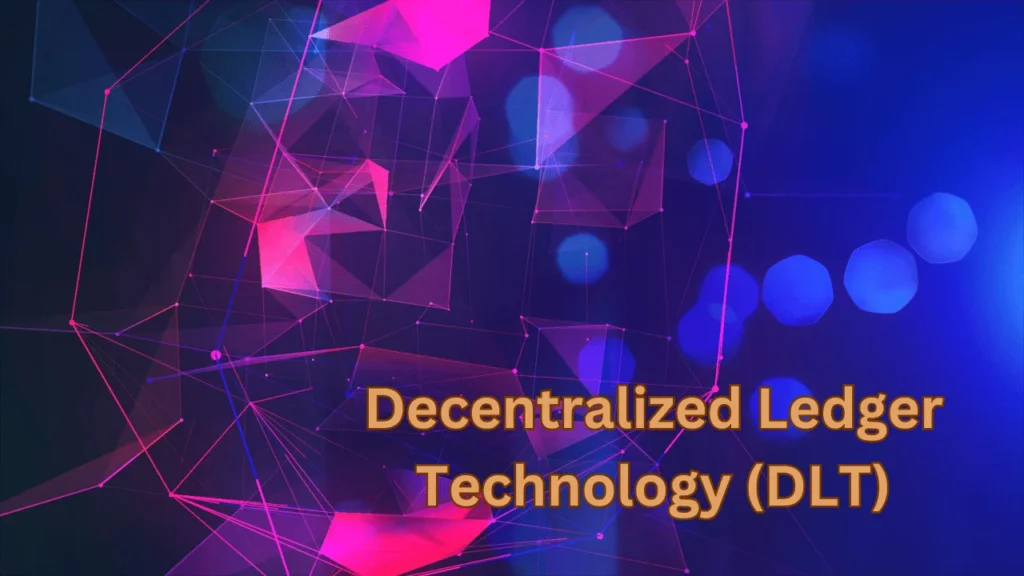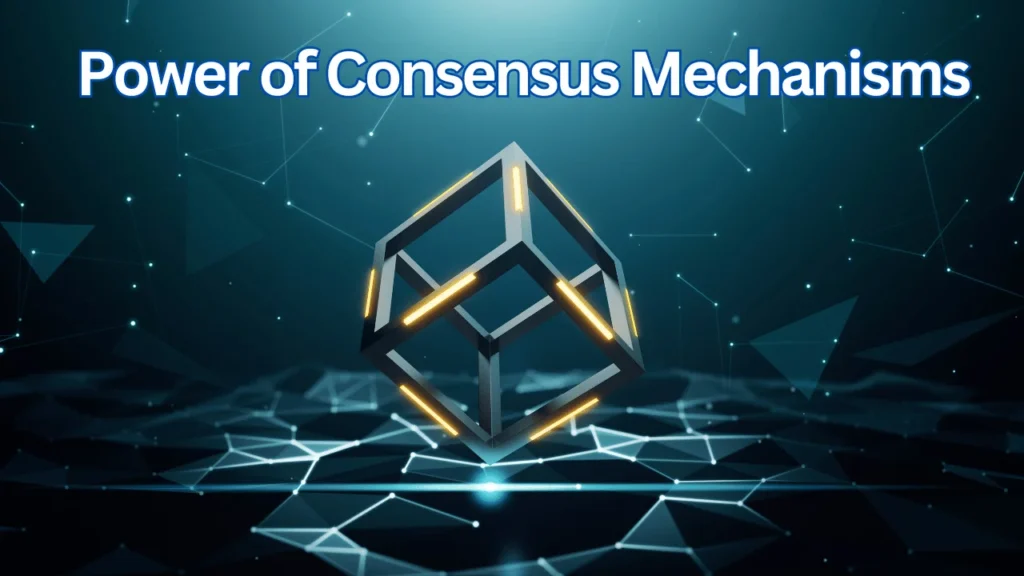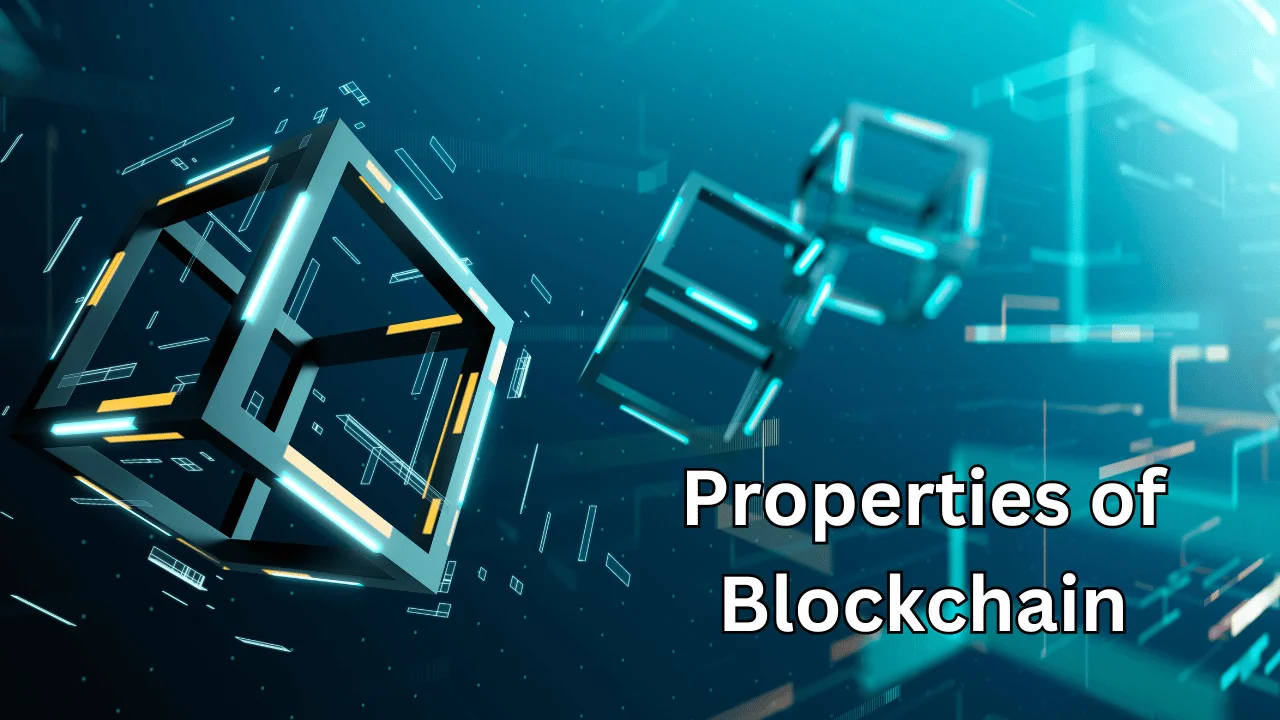A shining example of digital innovation, blockchain is well-known for supporting decentralized, transparent, and secure transactions. Central to this revolutionary system is a distributed ledger that records transactions over a network, making them transparent and unchangeable. The digital transactions hosted by this system are protected by cutting-edge cryptography. These inherent properties of blockchain provide a robust framework for various applications, ranging from financial services to supply chain management and beyond.
Decentralized Ledger Technology (DLT)

Peer-to-peer Network Foundation
Every participant, or node, in a blockchain network maintains an identical copy of the complete ledger. A new degree of security and transparency has been achieved in digital transactions thanks to this design, which guarantees that no single entity controls the data.
Immutable Records for Enhanced Security
The immutability of blockchain data is a key feature of this technology. There is no way to remove or change data once it is added to the blockchain. Because it provides an unchangeable record of all transactions, this permanence is critical for guaranteeing the longevity of the transaction history.
Transparent Transaction History
Blockchain technology also has the important quality of being transparent. With a public ledger recording all blockchain transactions, everyone can see them and verify their legitimacy. This is especially true with public blockchains.
Decentralization and Distributed Ledger
By distributing the ledger across multiple nodes, blockchain technology makes centralized governing authorities unnecessary. In addition to making the network safer, this also gives more people access to the data stored there.
Cryptography at the Core
A blockchain’s security framework cannot be built upon without cryptography. By encrypting all transactions, it makes it extremely difficult for third parties to access or change the data associated with them.
Power of Consensus Mechanisms

Ensuring Network Integrity
For the blockchain to remain secure and uncompromised, consensus mechanisms are essential. These safeguards prevent fraudulent activities by requiring a majority of nodes to agree on the legitimacy of transactions before they are added to the ledger.
Varieties of Consensus Models
To validate transactions and guarantee that all participants in the network agree on the state of the ledger, blockchain networks use different consensus models, such as Proof of Work (PoW) and Proof of Stake (PoS).
Trustless Transactions
Blockchain technology creates a trustless environment by mandating consensus among nodes. In this environment, the cryptographic and algorithmic protocols controlling the network, rather than the trustworthiness of participants, are relied upon for transactions and data exchanges.
Energy Efficiency and Scalability
To alleviate worries about the ecological footprint of blockchain technology and to make it more scalable, some consensus mechanisms, such as PoS, are engineered to use less energy than their forerunners.
Smart Contracts
Reduce the need for middlemen and improve the efficiency and dependability of contractual agreements with smart contracts on blockchain platforms. These contracts automate contract execution upon meeting predefined conditions.
Blockchain Applications Across Industries
Revolutionizing Supply Chain Management
Utilizing blockchain technology, supply chain management is becoming more efficient, transparent, and trustworthy. This is made possible by the ability to track products in real-time as they go from production to delivery.
Transforming Financial Services
With blockchain technology, financial transactions, including remittances and complicated financial instruments, are more secure and efficient than ever before, with fewer instances of fraud and shorter settlement times.
Advancing Healthcare Data Management
By offering safe, immutable, and interoperable platforms for patient data, blockchain technology has the potential to completely transform the way healthcare data is managed. This will improve patient privacy while simultaneously expanding access to their medical records.
Empowering Digital Identity Verification
Blockchain technology is enabling more trustworthy and user-controlled identity verification procedures by providing secure and unchangeable digital identity solutions.
Innovating in Real Estate Transactions
Real estate transactions are being revolutionized by blockchain technology. It streamlines processes, reduces fraud, and increases transparency in property ownership and transfers.
Data Security with Cryptographic Techniques
Robust Encryption Standards
To ensure the safety of information, blockchain technology makes use of sophisticated cryptographic methods. To greatly lessen the likelihood of data breaches and unauthorized access, encryption is used to make sure that only parties with the right decryption keys can access the information kept on the blockchain.
Digital Signatures and Authentication
An essential part of the security system that blockchain uses are digital signatures. Blockchain technology adds a layer of authentication that is vital for the network’s integrity by enabling participants to sign transactions with their private keys. This makes transactions secure and verifiable.
Hash Functions for Data Integrity
When it comes to keeping the blockchain secure, hash functions are indispensable. Using hash functions to convert data into a fixed-size string of bytes makes it extremely difficult to manipulate or reverse-engineer transaction data. This guarantees that once a transaction is recorded on the blockchain, its authenticity and integrity are preserved.
Interoperability and Blockchain Networks
Connecting Different Blockchain Ecosystems
An essential part of blockchain technology’s development is making it compatible with other networks. It entails improving the overall efficiency and utility of blockchain technology by facilitating smooth communication and transactions across different blockchain systems.
Cross-Chain Technology Solutions
The ability to move assets and data between different blockchains is a key feature of cross-chain technology solutions, which promote interoperability. This promotes a more integrated and efficient blockchain ecosystem while also expanding the potential applications of blockchain technology.
Standards and Protocols for Interoperability
In order for blockchain networks to work together, it is crucial to establish standards and protocols. A more linked and interoperable digital infrastructure is possible thanks to these standards, which guarantee that various blockchain systems can communicate effectively.
Blockchain Scalability and Future Trends
Challenges in Blockchain Scalability
Scalability is becoming an increasingly important issue with blockchain technology as it continues to gain popularity. For blockchain technology to keep growing, it is essential that networks can process lots of transactions quickly and securely.
Innovative Scaling Solutions
The problem of blockchain scalability is being tackled by a number of creative solutions. In order to improve the network’s transaction throughput without compromising its security or decentralization, there are layer 2 solutions such as Lightning Network, as well as off-chain transactions and sharding.
Future Trends in Blockchain Development
Incorporating AI, extending blockchain into new industries, and creating consensus mechanisms that use less energy are some of the emerging trends that will define the future of blockchain technology. These developments bode well for the future of blockchain technology, expanding its uses and capabilities.
Blockchain Privacy and Security Measures
Enhancing User Privacy
Blockchain technology offers enhanced privacy measures through mechanisms like zero-knowledge proofs, which allow users to prove the validity of a transaction without revealing any underlying information. This innovation keeps the blockchain secure while allowing users to remain anonymous during transactions.
Security Measures against Cyber Threats
Blockchain networks use a variety of security measures, such as secure consensus algorithms, advanced encryption methods, and frequent security audits, to ward against cyber threats. In order to prevent hacking attempts and keep user data secure, these steps are put in place to protect the blockchain.
Regulatory Compliance and Governance
There is a dynamic regulatory landscape in which blockchain technology functions. The broad use of blockchain technology depends on its conformity with international rules governing cybersecurity, financial transactions, and data privacy. The integrity and compliance of the network are also greatly affected by the governance models that are a part of blockchain ecosystems.
Blockchain Verification and Data Accuracy
Mechanisms for Ensuring Data Accuracy
The data recorded on the network is guaranteed to be accurate and verifiable by employing various mechanisms in blockchain technology. To guarantee that only correct and agreed-upon data is recorded on the blockchain, there are various tools available, such as consensus algorithms that necessitate validation by numerous nodes and smart contracts that carry out transactions automatically according to predetermined rules.
Role of Nodes in Verification
In order to ensure that the ledger is accurate and that transactions are legitimate, nodes in a blockchain network are indispensable. Nodes validate transactions to make sure they follow the rules of the network and aren’t fraudulent or erroneous by taking part in the consensus process.
Impact of Blockchain on Data Verification Processes
Blockchain has far-reaching implications for procedures involved in data verification. Blockchain technology improves the trustworthiness and authenticity of data in many fields by automating verification and using a decentralized network of nodes, drastically lowering the likelihood of mistakes and fraud.
FAQ: Blockchain Technology
1. How does blockchain technology enhance data security?
By utilizing sophisticated cryptographic methods, including strong encryption standards, digital signatures, and hash functions, blockchain technology improves the security of data. By using these procedures, you can rest assured that any information you store on the blockchain will remain safe from prying eyes and unauthorised changes.
2. What is the difference between public and private blockchains?
Anyone can join and view transactions on public blockchains because they are decentralized and open. However, private blockchains are well-suited to business settings because they function inside a closed network with limited access, allowing for greater control over participant visibility and transaction visibility.
3. How do smart contracts work on blockchain platforms?
Smart contracts are agreements whose terms are written into code and can execute themselves. Without the need for middlemen, they execute and enforce a contract’s terms automatically when certain conditions are satisfied, cutting down on inefficiencies and disputes.
4. Can blockchain transactions be reversed?
Blockchain transactions cannot be undone. It is impossible to remove or change a transaction that has been added to the blockchain because of the consensus mechanisms and immutability features of the technology. This guarantees that all transactions are legitimate and final.
5. What are the potential applications of blockchain technology beyond cryptocurrencies?
The potential uses of blockchain technology extend far beyond the realm of cryptocurrencies; it has already found widespread use in areas as diverse as digital identity verification, secure data sharing, healthcare record management, real estate transactions, and supply chain management. Its ability to provide secure, transparent, and efficient transactions makes it applicable across various industries.
Also Read: Blockchain and IoT: What it is?
Conclusion
Last but not least, the distributed ledger technology known as blockchain ushers in a new age of electronic records and transactions secured by cryptography and validated by consensus. The widespread use of blockchain technology in different sectors is proof of its adaptability and promise to improve digital transactions in terms of efficiency, security, and openness. Properties of Blockchain hold great promise for shaping the future of our digital world. As we delve deeper into its potential, we can expect it to become more secure, transparent, and accessible for everyone.

Timothy Jensen is an expert writer who specializes in the world of cryptocurrencies, including blockchain technology and Bitcoin. He has a passion for explaining complex topics in an easy-to-understand way. Timothy’s work aims to demystify the digital currency landscape for his readers.

